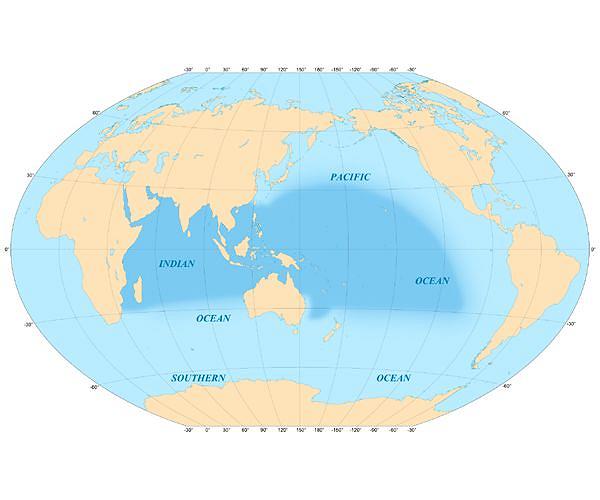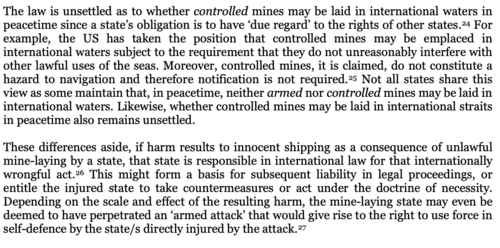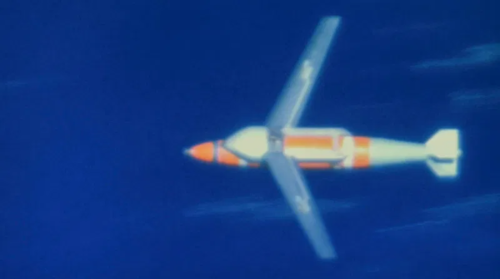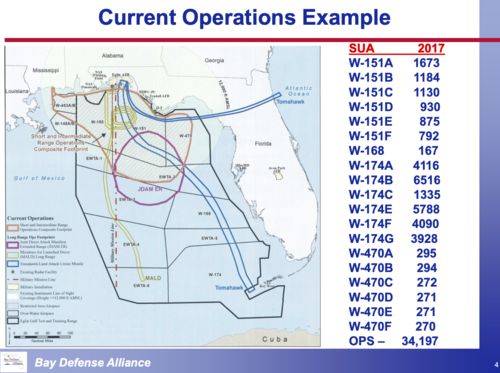marauder2048
"I should really just relax"
- Joined
- 19 November 2013
- Messages
- 3,157
- Reaction score
- 926
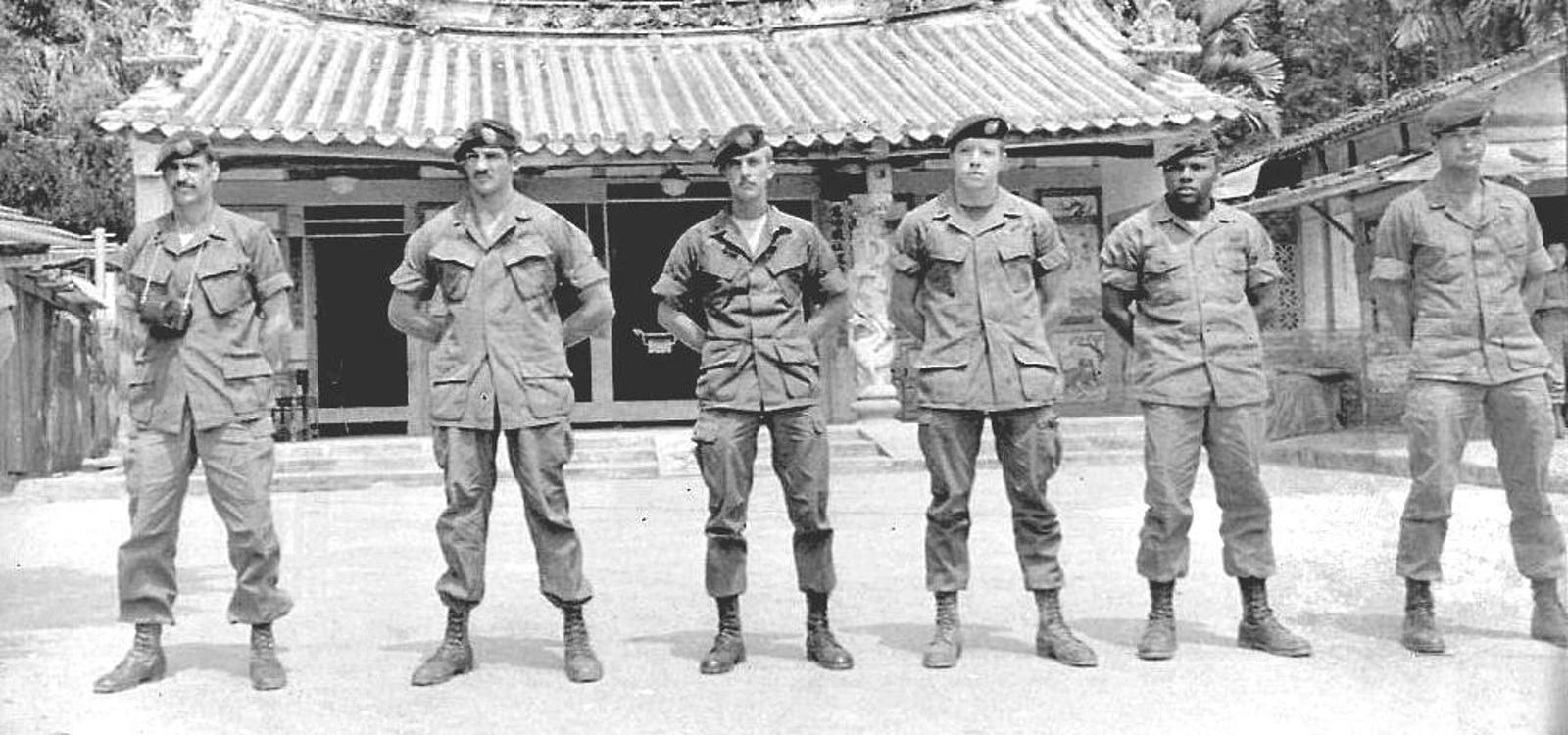
The U.S. Army Should Plan To Send Four Divisions To Taiwan: Expert
If China invades Taiwan and the United States opts to get involved, the U.S. Army should be prepared to deploy tens of thousands of soldiers and thousands of heavy vehicles to the island country.www.forbes.com
Ugh...David Axe. With all due respect to Dunn, he was a radio operator in the Michigan National Guard.
I'm pretty sure he wouldn't claim to be an expert on these matters.
The fundamental issue with protecting Taiwain is that PLAAN (and PLAAF) has the logistical support to maintain a force in being
of sufficient size to feign an invasion for a very long time. They'd just love if the US "provoked" them into invading
by some surge of four divisions across the Pacific in some War Plan D'orange.
RAND's "Air Defense Options for Taiwan" was a deeply sobering analysis of just how hard Taiwan is to defend.
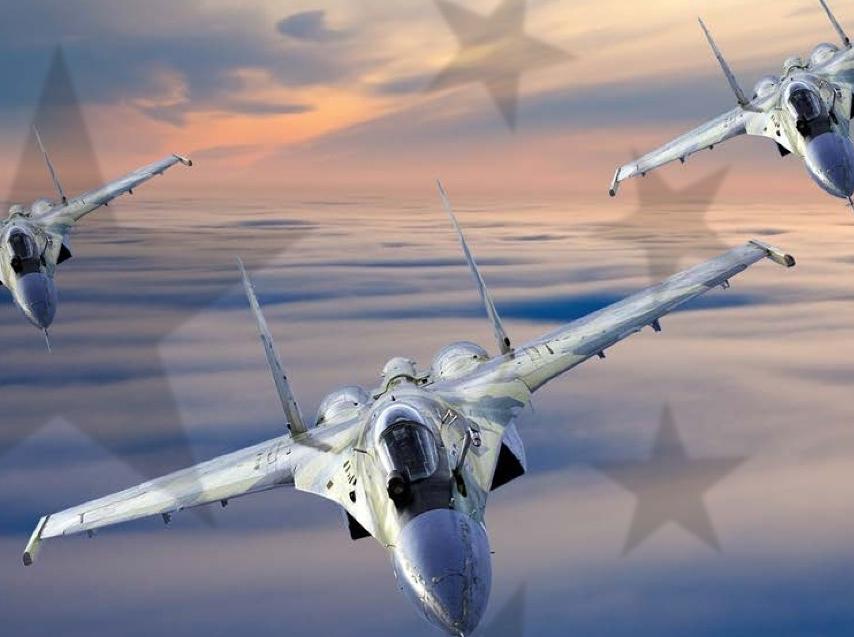
Air Defense Options for Taiwan
Taiwan's proximity to China and advanced PLA capabilities force Taiwan to rethink its air defense strategy. Taiwan could downsize and shift its fighter aircraft force to focus on coercive scenarios, increase its investment in surface-to-air missiles, and dedicate its surface-based air defense to...
Taiwan is not impossible to defend just really, really hard to defend; the sheer inventory of SRBMs the PRC can throw at that island
and its surroundings is scary.
Last edited:

